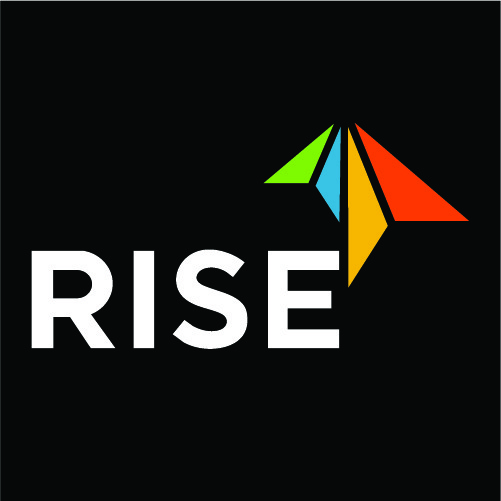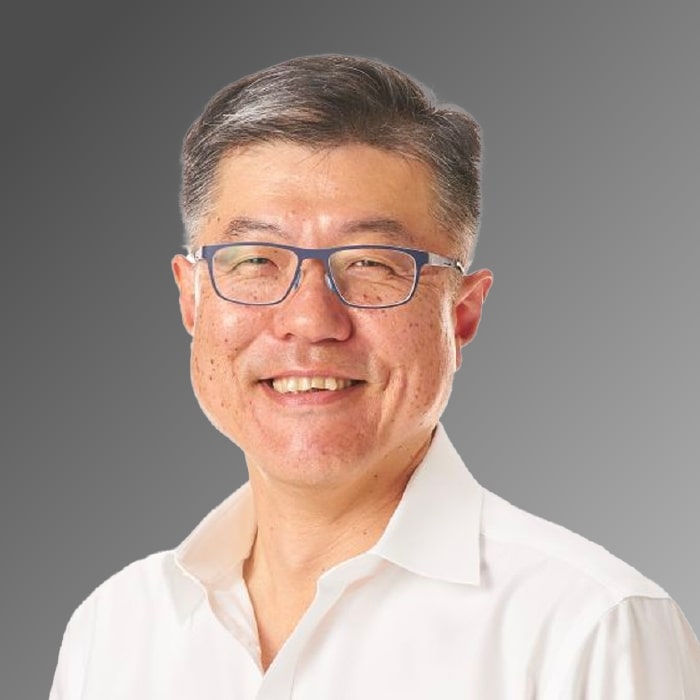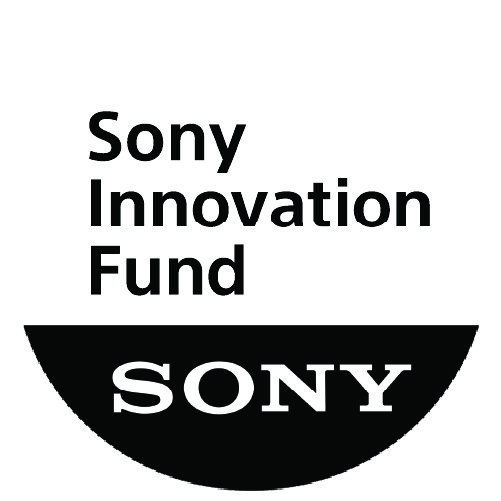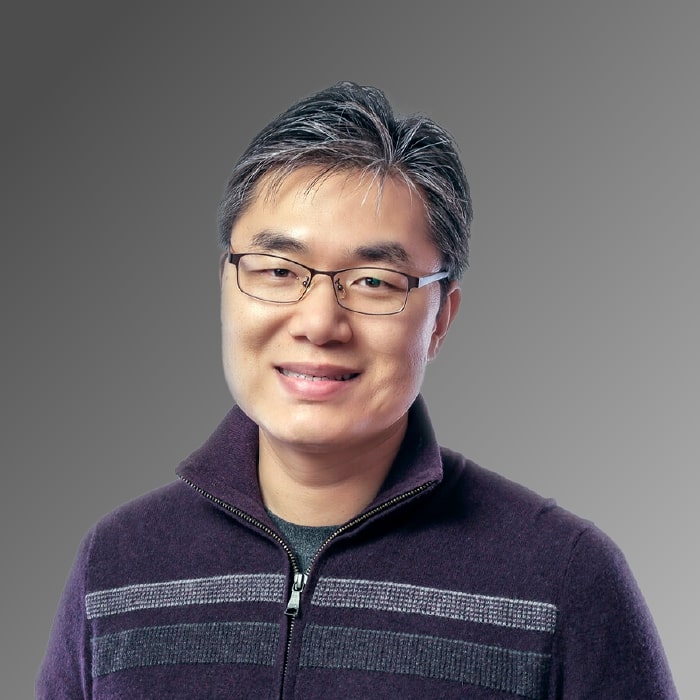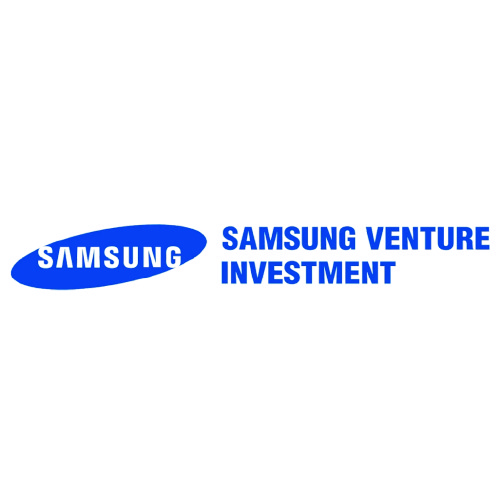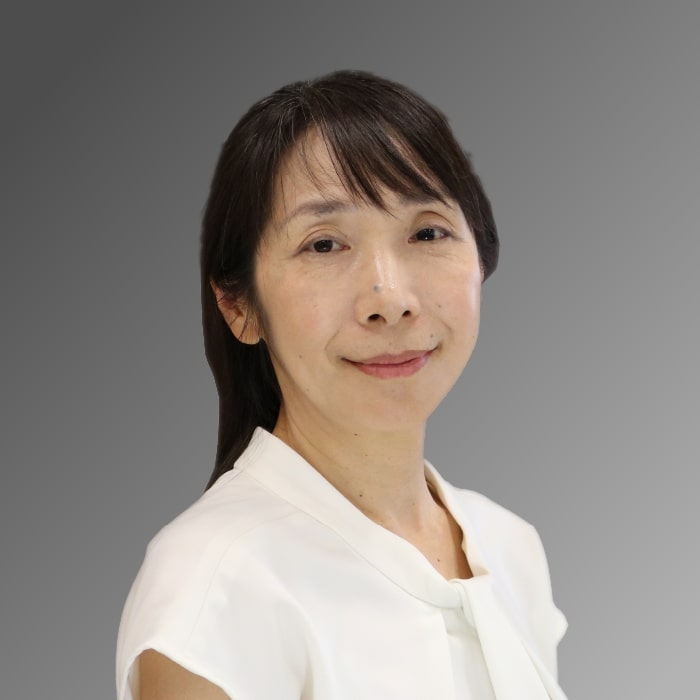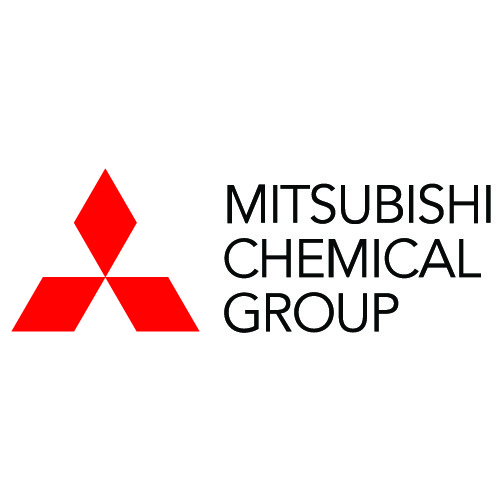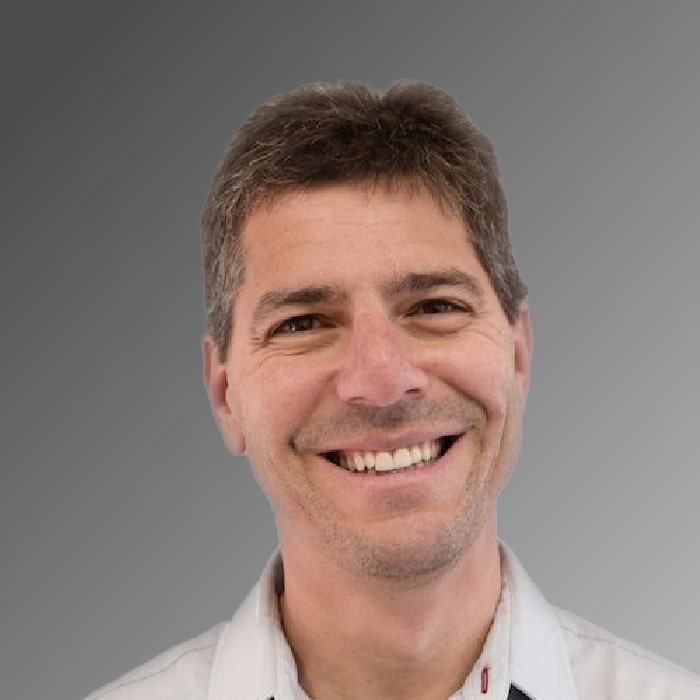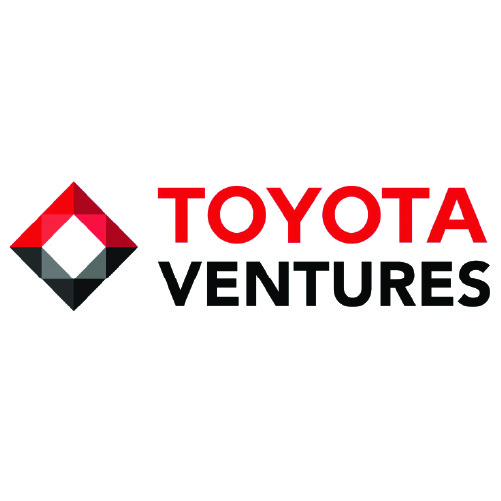The Yamaha Way: Balancing Innovation and Corporate Investment
Sep 27, 2023
Interviewed by Nicolas Sauvage on March 8th, 2023
Kei Onishi, CEO and Managing Director of Yamaha Motors Ventures spoke in our 62nd live interview of the Corporate Venturing Insider series. In this episode, Kei showcases how his background led him to Yamaha and how his passion for mobility and international markets guided his career choices.
Entrepreneurial Spirit within a CVC
Although we have interviewed several other professionals for this series, Kei comes with the valuable and quite unique perspective of working in a CVC while having entrepreneurial experience with one of Yamaha’s startup spin-off experiences. Starting a company from scratch involves a myriad of challenges, from incorporation and daily operations to hiring, business planning, rejecting, iterating on products and business models, and persistently pursuing potential clients. Having gone through this himself with his startup spin-off from Yamaha demonstrates his willingness to step out of his comfort zone and immerse himself in the challenging world of entrepreneurship.
“Understanding the complexities and hardships faced by entrepreneurs from the ground up is a perspective that’s hard to attain from within the confines of a large corporation,” explains Kei.
The startup experience left an indelible mark on him as he pursued his CVC role with empathy and a deep commitment to supporting their portfolio companies. Kei underscores the importance of building a genuine and supportive relationship with startups, offering resources, expertise, and help without expecting immediate returns. His approach reflects a long-term perspective that values nurturing startups for their growth and sustainability, ultimately leading to beneficial outcomes for both sides. Rather than focusing solely on establishing win-win relationships from the outset, the CVC prioritizes giving.
“We always need to respect our portfolio company’s direction first, not our interest,” says Kei. “Win-win doesn’t mean that you force products on your portfolio companies.”
Yamaha extends support remotely, where data scientists from their digital transformation division aid a portfolio company with data analytics. The timing and nature of the assistance depend on the startup’s specific situation, but the overarching principle is to provide the human resources needed to solve immediate challenges. The unique aspect of this approach is that Yamaha’s employees experience startup life from the inside. They witness the rapid growth, different work styles, and unique challenges faced by startups.
A Hybrid Approach
The CVC landscape is certainly not one-size-fits-all, and Yamaha recognizes this. Currently, the company employs a hybrid approach, embracing both off-the-balance sheet investments led by business units (BUs) and strategic investments through dedicated funds. This approach seeks to strike a balance between strategic alignment and financial returns.
The journey into this hybrid approach began in 2015 when Yamaha first ventured into a CVC, primarily utilizing the balance sheet for investments. During this period, as Kei explains, even an investment as small as one US dollar required top-level approval, resulting in a painstaking decision-making process, which does not help startups. But it wasn’t merely about securing approvals, it was a matter of educating the top management and the entire organization about the nuances of CVC and the importance of staying informed about startup ventures.
In 2019, recognizing the limitations of the valance sheet investment model, Yamaha initiated a significant shift and embraced a hybrid approach, distinguishing between highly strategic business unit-led investments and more exploratory or agency-driven ventures. Strategic BU-led investments continued to be powered by balance sheet capital, offering the strategic business units greater control over these core endeavors. On the other hand, exploratory or extraordinary ventures were funneled through dedicated funds. This division allowed for agility in decision-making, reducing the need for BU buy-ins and commercial agreements, and streamlining the process for less critical ventures.
The Power of Clear Separation
“We are staying away from the discussion as a CVC because we want to keep supporting the startup and also maximizing their value as well,” says Kei. “We are a different entity, we are a service company, not a tech or mobility company.”
In the CVC landscape, there is one question that often arises from entrepreneurs: When startups closely align with the core business and show promise, could they become acquisition targets? Kei answered this question by stressing the importance of having a clear separation between CVC and M&A activities.
While portfolio companies nurtured by CVC may indeed attract interest from the parent company as potential acquisition targets, it’s essential to understand that the decision-making process remains firmly within the purview of the parent company. The CVC’s primary mission is to support and maximize the value of the startup ventures it champions. By keeping the two separate, CVC teams can retain their entrepreneurial spirit and singular dedication to supporting startups, leaving the acquisition discussions to the parent company’s strategic and planning groups.
The Investment Committee and Strategic Value
Yamaha’s investment committee comprises six members, with three representing the business units and three from Yamaha Ventures. Surprisingly, Yamaha doesn’t necessarily need champions from the BUs for each fund investment. Instead, they foster collaboration through dialogue.
Investing in startups is not just about financial returns but also strategic value. But how does Yamaha demonstrate this value to the mothership? The key, as Kei explains, is that tangible outputs shared with BUs are limited, but the true value lies in sharing innovative technologies and business models. These discussions focus on potential long-term collaboration opportunities, rather than immediate decisions.
“The process isn’t without challenges, as sometimes even the three Yamaha Ventures representatives may disagree, demonstrating a commitment to rational fund investments,” explains Kei.
Kei’s team acts as a bridge, connecting startups with BUs that have immediate challenges to solve. In one case, the production division sought to reduce carbon emissions related to natural gas usage. The team then explored options like hydrogen technology and introduced relevant startups. This exchange of ideas and solutions has become the vital strategic benefit keeping them on a successful track.
“By continuously introducing the latest innovations to the business units, Yamaha keeps its finger on the pulse of industry trends,” says Kei.
In a world where corporate giants and entrepreneurial ventures often seem worlds apart, Kei’s insights shed light on how a CVC program can successfully nurture innovation, bridge gaps, and create a symbiotic relationship that fuels growth and sustainability for both startups and established organizations.

 Achieving a win-win scenario does not involve imposing products on portfolio companies; this approach is counterproductive.
Achieving a win-win scenario does not involve imposing products on portfolio companies; this approach is counterproductive. 










